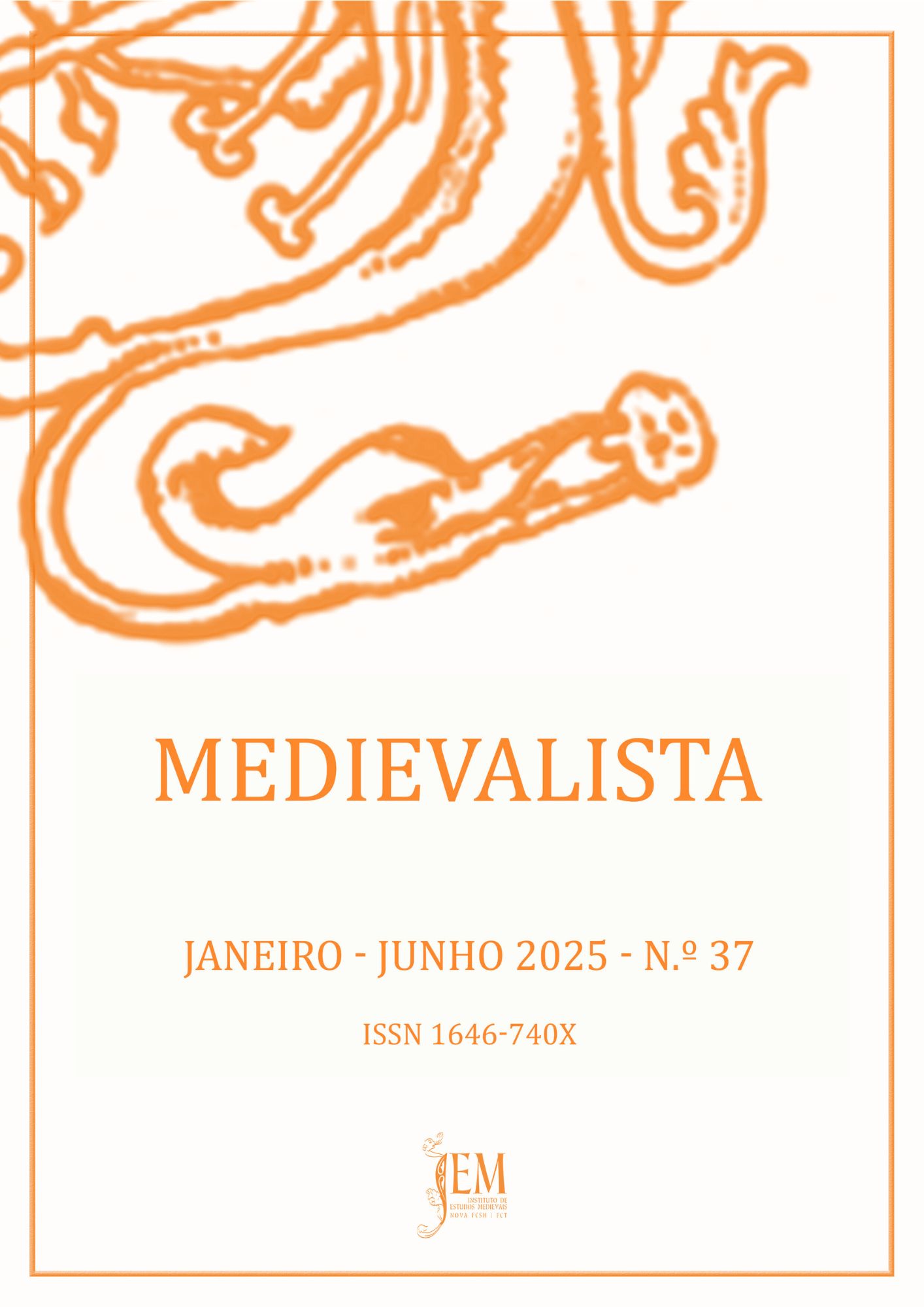Death and memory at the Monastery of Lorvão
DOI:
https://doi.org/10.4000/134b9Keywords:
Death commemoration, liturgical practice, rituals, memory, Cistercian OrderAbstract
The celebration of death within a Cistercian context was subject to the guidelines stipulated by the General Chapter of the Order, yet it revealed distinctive features varying from one monastery to another. In this article, our objective is to identify some of the individuals who, over several centuries, selected the Convent of Lorvão as their burial place, to know those whose demise was commemorated within its walls, in addition to the community members and those defined by the directives of the Cistercian Order.
Subsequently, through an examination of archival documents and, in particular, select liturgical manuscripts that belonged to the Convent of Lorvão, we will delve into the intricacies of the death-related liturgy. Our focus encompasses the moments leading up to death, such as the ritual of anointing the sick, as well as the prescribed formulas and prayers entwined with funeral rites.
Lastly, our scrutiny will extend to the veneration and memorialization of the deceased. This examination will consider, on one hand, the normative aspects and other facets defining the identity of the Cistercian Order, such as liturgical conformity. On the other hand, we will explore the ‘female agency’, analysing whether the testimonies gleaned from these rituals and liturgical practices –originating from a milieu crafted by and for men– permit insights into the active role played by nuns and abbesses in this sacred sphere.
Downloads
Published
How to Cite
Issue
Section
License
Copyright (c) 2025 Medievalista

This work is licensed under a Creative Commons Attribution 4.0 International License.





